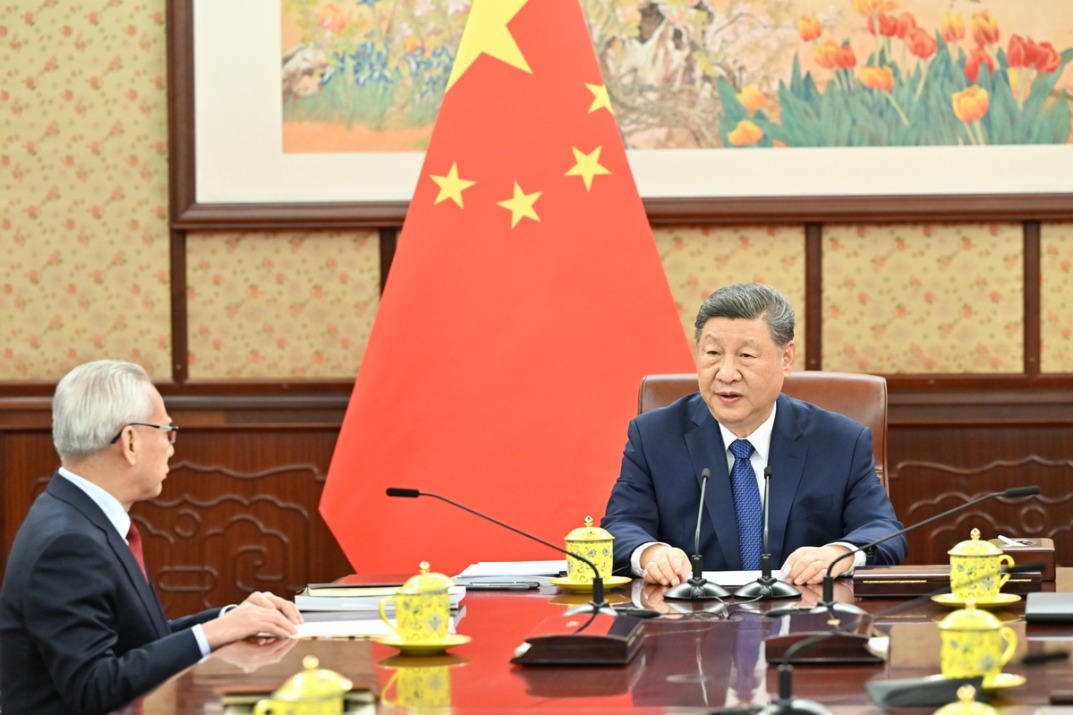Japan's Fukushima PR stunts fooling no one
By Zhang Zhouxiang | China Daily | Updated: 2024-03-19 07:56

Tokyo Electric Power Company says it completed the fourth round of nuclear-contaminated water discharges from the damaged Fukushima Daiichi nuclear power plant into the sea on Sunday. The next round of discharges will start in April.
TEPCO has discharged approximately 31,200 metric tons of nuclear-contaminated water since Aug 24 last year.
Although it was treated with an "advanced" liquid processing system, the nuclear-contaminated water still contains many kinds of radioactive elements. Japan is putting lives and health the world over at risk. Also, there have been a series of accidents in the process. On Feb 7, approximately 1.5 metric tons of nuclear-contaminated water leaked from the Daiichi nuclear power plant and seeped into the soil, which means 6.6 billion becquerels of radioactive substances were released altogether. In the early hours of Feb 22, a fire alarm went off at a facility in the nuclear power plant used for burning waste, accompanied by the discharge of steam.
TEPCO and the Japanese government are not unaware of the potential damage the discharging of the nuclear-contaminated water can cause. On Aug 21, in the face of protests from fishermen and their associations in and near Fukushima, Japanese Prime Minister Fumio Kishida promised they will provide full support to fishing communities during the period of discharge of the nuclear-contaminated water, which might last three decades.
Japan is busy carrying out public relations stunts. Its politicians bow gracefully at news conferences while its ministers eat Fukushima seafood to suggest it is safe for consumption; even US Ambassador to Japan Rahm Emanuel visited Fukushima to savor the seafood there.
But none of these PR efforts will prevent irreversible consequences caused by the discharge of nuclear-contaminated water. Japan is obliged to establish a substantive participation mechanism with neighboring countries and other stakeholders to decide the best way to treat the water.
























